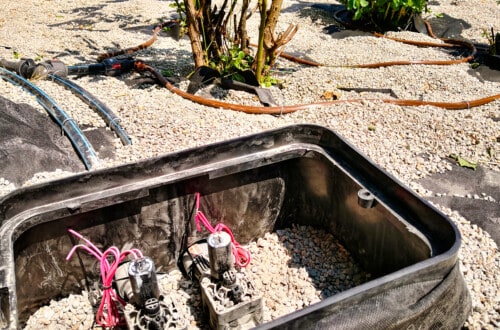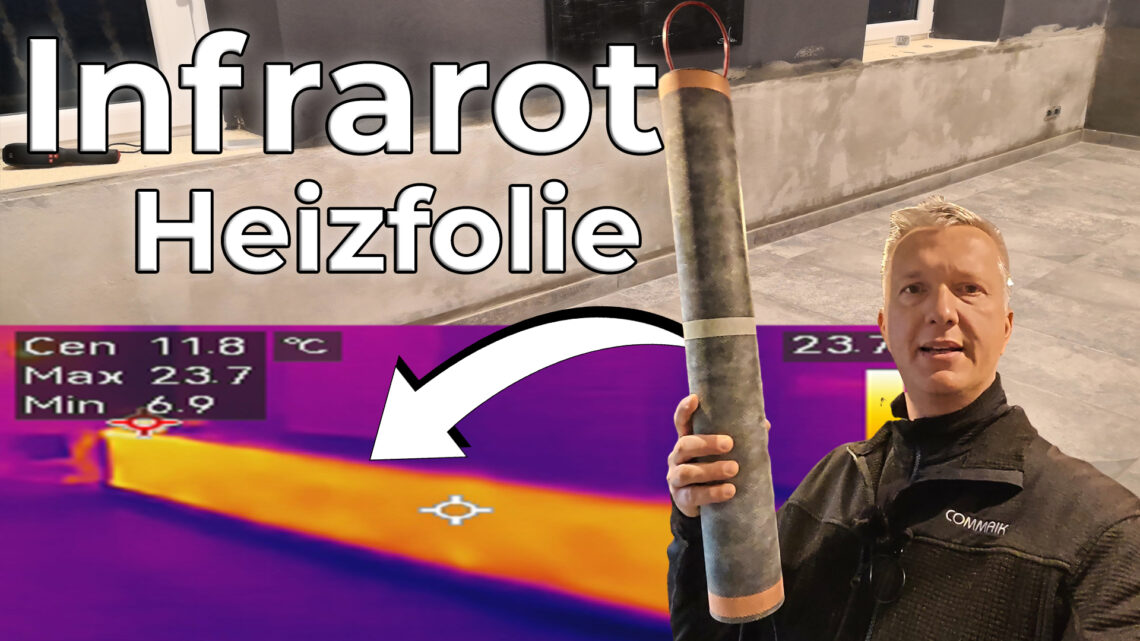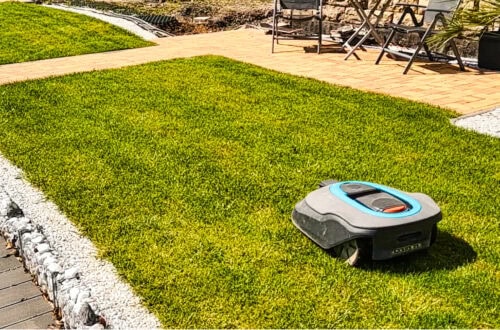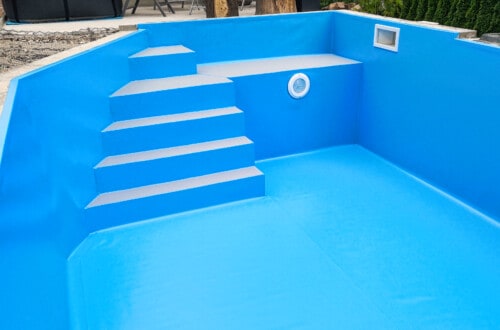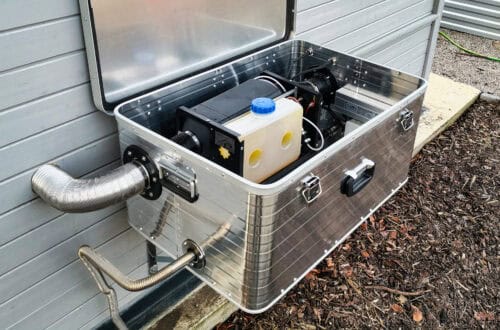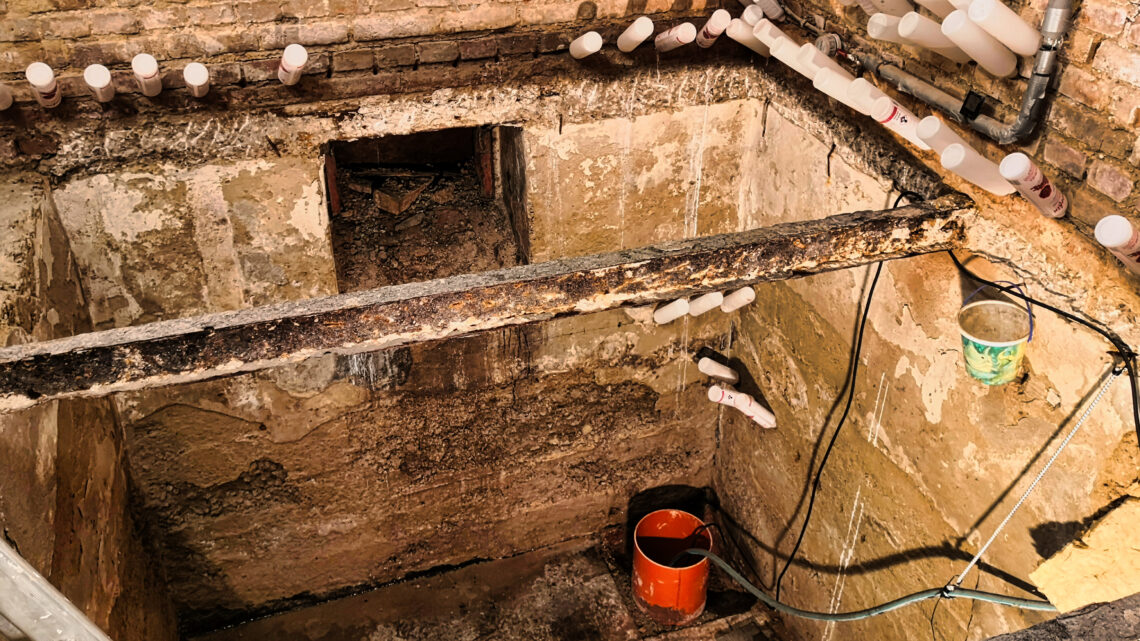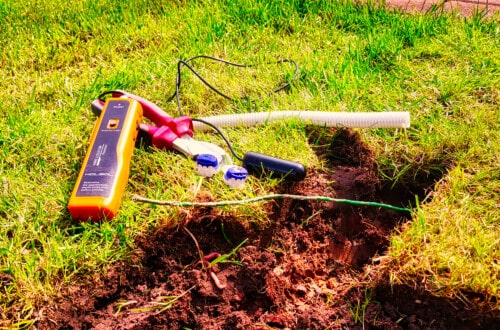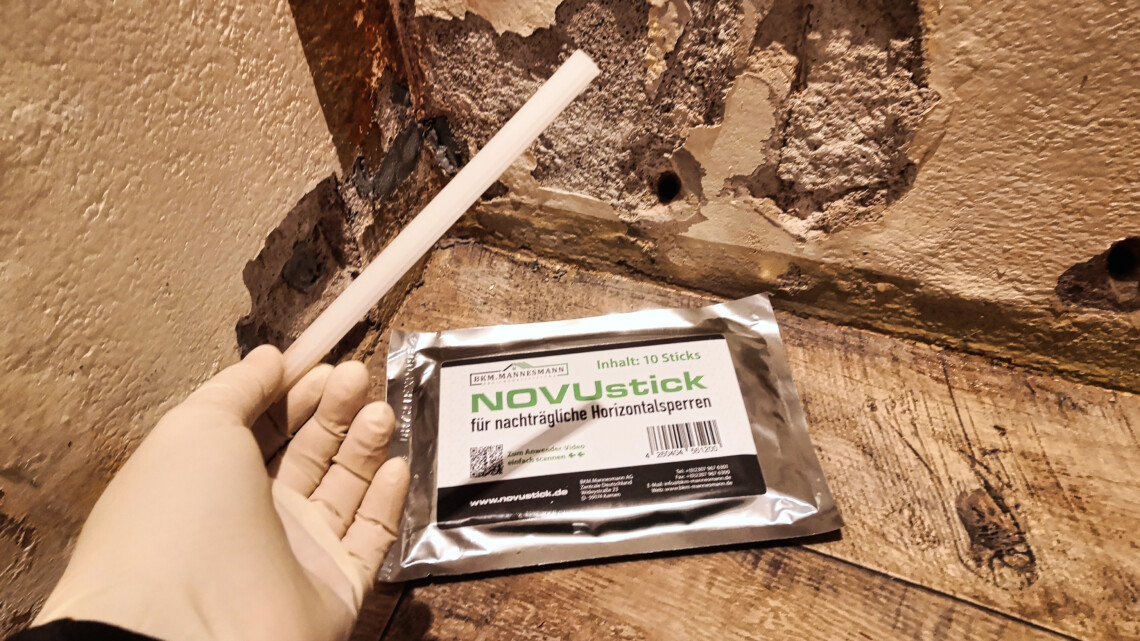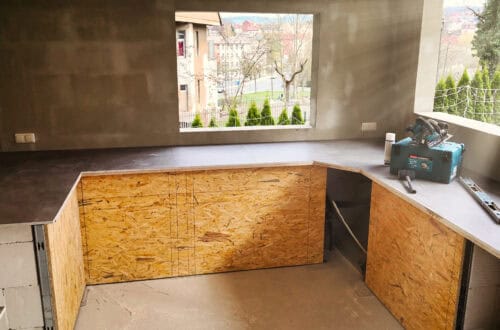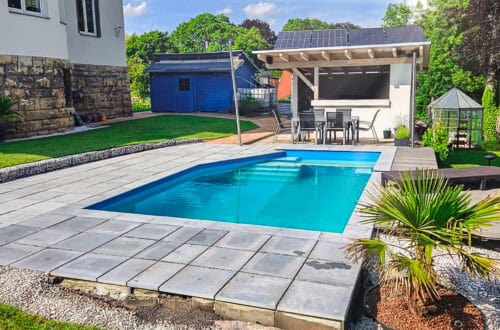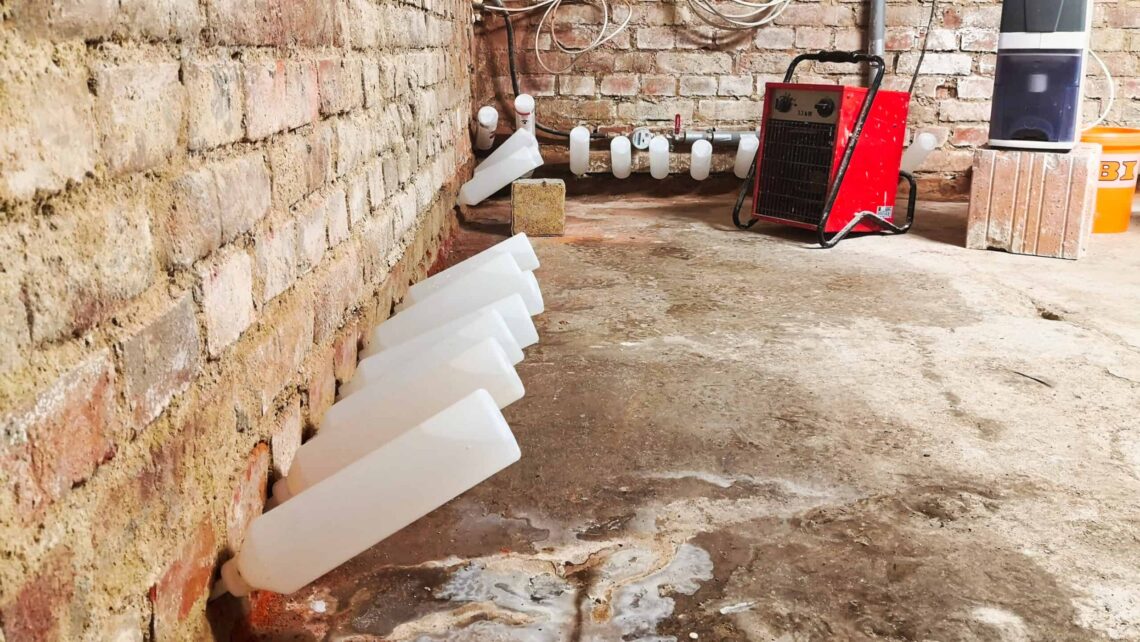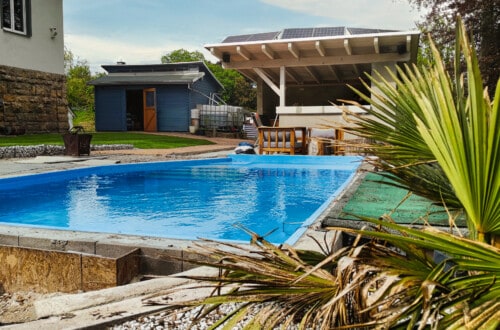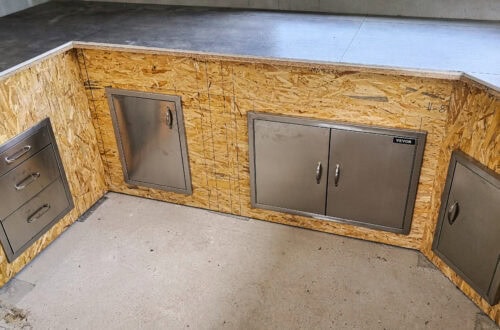The cellar
Everything that happens at the bottom
-
Install 8kW diesel parking heater safely in the workshop & garage
In this article, I show you how I heat my workshop efficiently, permanently and reliably with an 8 kW diesel parking heater from KROAK. I planned and implemented the complete installation of the diesel parking heater step by step – from safe exhaust gas routing to fuel supply and hot air distribution. It’s not just about technology, but also about safety, consumption, control via app and the question of whether heating oil can be an alternative to diesel. If you are looking for a workshop heater that also works at low temperatures, you will find all the details here.
-
Efficient heating with infrared heating foil: installation, experience and tips for electric wall heating
An infrared heating foil as wall heating can heat rooms efficiently and sustainably. In my current project, I tested this technology in an old cellar that was previously difficult to heat. From installation and test runs to control with smart systems, I share my experiences, show the advantages and disadvantages of infrared heating and explain how the humidity in the room was reduced.
-
Kroak TB2 diesel parking heater 8kW: Unboxing, test & possible applications
The KROAK TB2 diesel parking heater is a versatile and efficient diesel heater that is perfect for use in the workshop, when camping or in the garden shed. In this article, I will show you how this mobile heating box impresses with its compact design and simple installation. I also share my experiences on the performance, consumption and control options of the heating box and why the heating case is an ideal all-in-one solution for cold days.
-
Draining and waterproofing basements: Effective measures against moisture and flooding
Draining my cellar was a lengthy and challenging project that I implemented using various methods to permanently combat damp and mold. From waterproofing with injection methods to installing a pump sump and retrofitting a horizontal barrier – I share my experiences, the challenges and how the measures have proven themselves even under extreme weather conditions. Draining and waterproofing basements: In this blog post, I describe how homeowners can effectively combat moisture and mold to create a dry and healthy basement. Draining a damp cellar was an important step for me to preserve the building fabric and prevent mold growth. In this article, I’ll shed some light on the measures I…
-
Drainage – retrofitting a horizontal barrier yourself
In addition to draining the outside of my villa, which was built in 1900, some of the basement walls also need to be sealed from the inside. The horizontal barrier in the 36 to 80 centimeter thick walls is no longer in tact. This time I dared to install a retrofit horizon blocker and used the NovuSticks for this. Here I describe my approach and my experiences.
-
Draining the cellar – 1 year later
I have been working on draining the cellar for a good 2 years. In addition to repairs to the pipe system, ventilation concepts, dehumidifiers, dryers and a pump shaft in the cellar, I also installed a subsequent horizontal barrier with a masonry injection. It is now time for a review and a summary of the individual measures.


